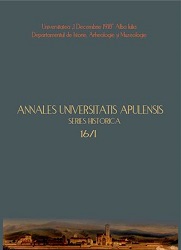
We kindly inform you that, as long as the subject affiliation of our 300.000+ articles is in progress, you might get unsufficient or no results on your third level or second level search. In this case, please broaden your search criteria.


This article aims to survey the secondary literature on the questions of corruption and anticorruption in the Middle Ages. The prominence of these topics in contemporary society has drawn the attention of the media and the public. The question that stimulated this approach was: to what extent did medievalists working on history of medieval society, politics and institutions tackle these phenomena in their research? While some authors are reluctant to accept the validity of these two concepts for the examination of medieval institutions, regarding them as belonging to the premodern or modern age, others have not shied away from employing the terms or describing phenomena pertaining to corruption, and even policies applied during the Middle Ages to prevent it. Various studies and research projects dealing with aspects of political, social and juridical life in France, Italian cities, Germany, and England have contributed valuable insights into the manifestations pertaining to corruption and measures or policies designed to preclude them.
More...
This article explores the specifics of medieval nepotism and favouritism (indirect nepotism) in the Hungarian Kingdom, with a particular focus on its role among the middle and lower nobility, who, on account of their poorer material holdings, were more vulnerable than the magnates, whom kings were able to oppose only rarely. The article argues that while nepotism (more often in its indirect form of favouritism) was a fundamental factor in magnates’ hold on power, and remained in place throughout their lives, the situation for families of the lower nobility was different. Patronage of a family member or friend may advance a young person at the start of their career, but they would subsequently have to rely on their own talents (and sometimes their good luck and judgement at picking the right side in times of conflict) to continue their advancement.
More...
This paper analyses instances of corruption reported in connection with three high Venetian officials of Albania Veneta. The apparent abuse of their mandates to govern the region took place during the first two decades of the fifteenth century, when Venice was establishing direct power over the region. Under such circumstances, these cases were seen as the most infamous misconducts and deeds against the Republic and its subjects. By analysing the conditions that prompted the officials’ corruption, I argue that the officials’ behaviour was not just due to their personal arrogance or individual ambition, but was also prompted by a set of specific socio-political circumstances that generally facilitated corrupt behaviour. Particularly important among these seem to have been the ambiguity of institutional responsibilities, the collision of old and new governing procedures, and the officers’ networks and private connections within the regional society.
More...
This article regards the dating of the Old French version of the Barlaam and Josaphat found in the Athos manuscript from Iviron, 4583 (II, 149), which contains the Greek text of the Barlaam and Josaphat legend, as well as its French translation, and is the only known medieval translation from Old Greek to Old French. This paper follows on from two previous articles published by the same author analysing the historical context of the French translation, and is written in response to a study implying that the Athos context and its dating to the beginning of thirteenth century should be rejected and replaced with an earlier dating, namely to the eleventh century, and a Constantinople context. The present article examines this new hypothesis from a linguistic and historical point of view, and argues that the scripta and the vocabulary do not point towards such early stages of medieval French literature. Moreover, the manuscript scripta has a series of Picard features hinting at the dawn of the thirteenth century. Regarding the proposed Constantinople context, the author observes that the starting point of this hypothesis can be traced to speculative interpretation in the footnotes of old studies.
More...
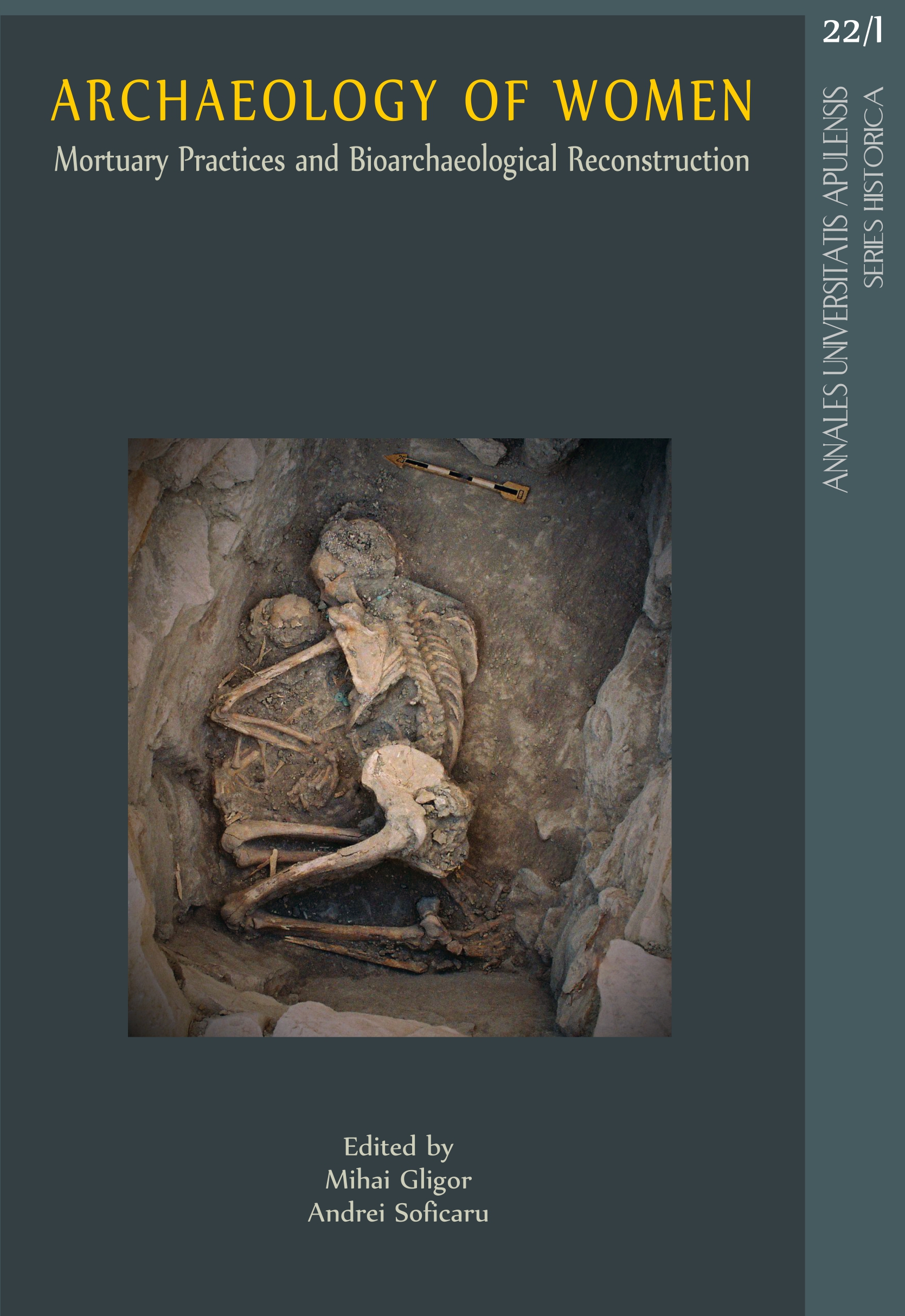
During the 12-13th AD, a feminine monastic expansion occurred in the northeast of the Iberian Peninsula, related to the Cisterian Reform. According to the literature, the daily activity of these communities was mainly based on farming and liturgical practice. Santa Maria de Vallsanta appears as an example of this event. The aim of this study is to evaluate the osteoarthritic prevalence and its distribution in this group, as well as entheseal changes, in order to reconstruct their activity pattern.The presence of osteoarthritis has been recorded in a sample of 14 female individuals corresponding to burials of abbesses and prioresses of Santa Maria de Vallsanta by two different scoring methods. Moreover, entheseal changes (from both upper and lower limb) have been analysed following the already contrasted method of Mariotti and colleagues, in order to assess the adequacy of osteoarthritis as a marker of occupational stress. Severe osteoarthritis has been observed even in individuals under the age of 40 in the group of abbesses and prioresses from Santa Maria de Vallsanta. The joints most severely affected are usually the elbows, wrists and knees. The entheses of the gluteus maximus muscle in the femur, soleus in the tibia, pectoralis major in the humerus and deltoideus in the clavicle are those that are most developed in the group. Farming and the liturgical practice may explain the prevalence and specific patterning of osteoarthritis and entheseal changes in this community. Despite the complexity of its aetiology, the systematic evaluation of osteoarthritis provides information on differences between individuals in the response to a stressful environment. A standardized method of registering the disease is strongly needed in order to enable comparisons between populations.
More...
The proposed paper aims to present a preliminary framework for an ongoing research within the scope of a Doctoral Thesis regarding the mortuary practices in Mediaeval/Modern Portugal. The assumption that Christian burial practices are completely standardized has often been contradicted by bioarcheologists on-field, however, most observations and results are kept on site-specific level and confined to grey literature. Differences have been observed in other areas such as Art History and History. They can pertain to differences in the representation of deceased women in funerary art – with different positions and goods, while expressions of piety have been noted for both genders. Historical documentary sources show women as active members, financing the construction of religious buildings, and carefully stipulating their own funeral rites with astounding detail, from what will be worn, the offerings to be bestowed and the number of days of mourning. Some scholars studying testaments and pious donations have already pointed out differences related to gender: in the choice of the burial place – beside the husband or back with their own family line, and the increase likelihood to wish to be buried wearing religious attire, often from mendicant orders. The bodies themselves have been mostly kept out of the discussion where Christian Portuguese Medieval and Modern burials are concerned. As such, we aim to explore a bioarcheological perspective based on anthropological field reports, to outline differences in mortuary practice between female and male adults, and children in Portugal from burial sites instituted after 1297. In the present paper we aim to present the preliminary framework of our ongoing study, a theoretical state of the art and the methodology to be employed throughout our research. We believe that comprehensive statistical inter-site comparisons will underline possible trends not visible at intra-site level or highlight the geographical or chronological specificity of these trends.
More...
Entheseal changes (ECs), that is the visible appearance at the attachment sites of tendons to bones, have been widely used to infer activity in bioarchaeology. The majority of recent research on ECs, testing methodological approaches and the impact of age and occupation, has focussed on male lives. The primary reason for this is the wider range of documentary evidence about male lives, particularly with regard to occupation. In Portuguese identified skeletal collections males have a broad range of occupations from the generic labourer, to the more specific locksmith. In contrast, apart from seamstresses and waitresses, most females are listed as domestic workers. Testing whether there is an impact of occupation on the occurrence of ECs in females is therefore much harder. Past research has shown that, overall, ECs become more common in more recent human history, which may be an indication that EC reflect lifestyle changes. The aim of this paper is to study differences in ECs frequency through time to study changes in lifestyle. To achieve this, Portuguese skeletons from three time periods were used: mediaeval (400-1499 ACE), early modern (1500-1600 ACE), and twentieth century. Entheses were recorded using the new Coimbra method. Within body asymmetries, bilateral and between entheses of muscles that interact, along with the frequencies of changes were compared through time. While differences in frequencies do exist through time, the effect sizes are generally small. Where bilateral asymmetries do exist, these are most common on the left than the right side: this is the opposite of most findings including those in the males in these collections. These results cannot identify specific activities, but these differences may reflect lifestyle changes.
More...
Over the course of history, female monastic populations were the only community of women that were free to make their own decisions regarding administration and finances. Many nunneries produced their own food, wine and olive oil, making income out of that and being self-sustaining. The Constitution of the Nuns gives very detailed rules about every aspect of the life in a monastery. The main tasks were praying, contemplation and manual labour. The importance and the necessity of work were emphasized, although it is not specified what kind of work it had to be. On the contrary, according to Rey, Spanish monasteries were more centres of consumption than of production. This claim was established on the basis of her study of monasteries expense books, as well as on the fact that nuns were of noble status and probably not used to work. In Rey’s opinion, most of the work was performed by lay sisters, who were employed in the external service of the convent and belonged to lower social status. In order to test this claim skeletal markers of activity and repetitive traumas, such as entheseal changes, Schmorl's nodes, Charles’ facet, squatting facets, spinal disc hernias, jumper knee, os acromiale and markers of occupational stress on teeth were analysed and compared between three monastic and three female secular populations, geographically and chronologically close to each other. The obtained results proved that occupational markers were mainly equally presented in monastic and secular populations (or in some cases even more presented in the monastic populations), which can lead to the conclusion that nuns did perform physical labour, probably starting in the non-adult period.
More...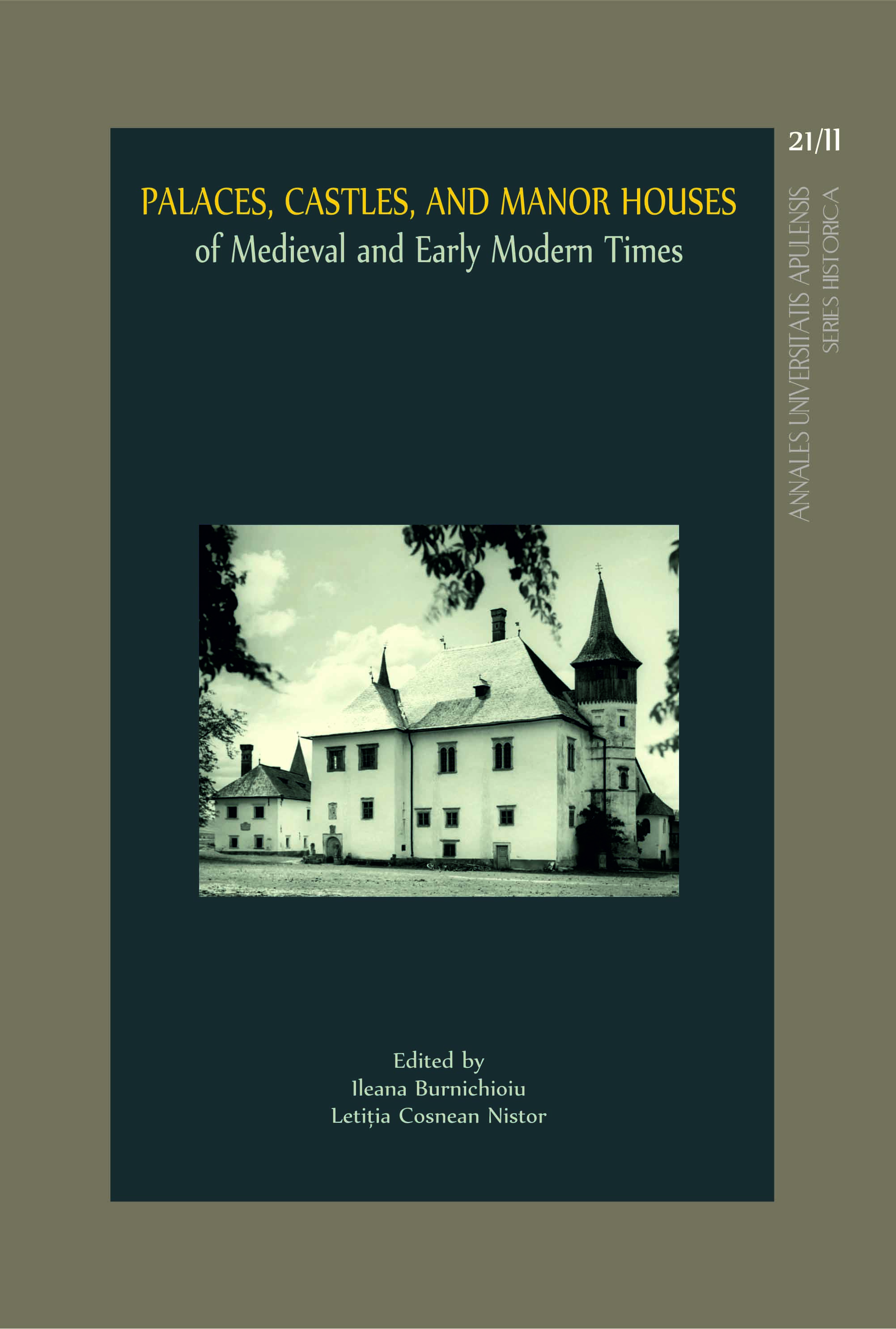
Gábor Margittai takes several Transylvanian families into account and introduces them by telling the stories of their suffering under the communist dictatorship.
More...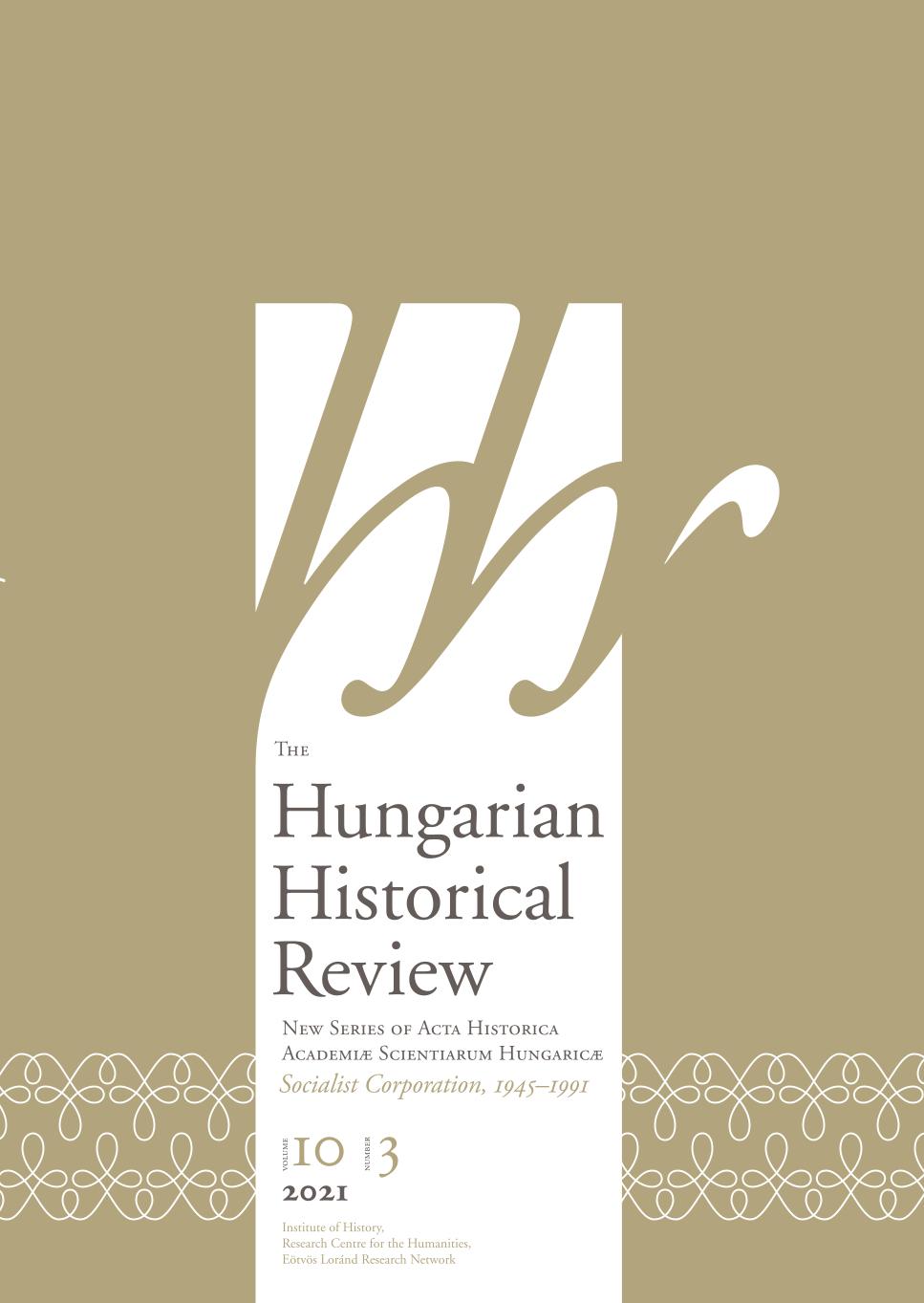
Hungary and the Hungarians: Western Europe’s View in the Middle Ages. By Enikő Csukovits. Viella Historical Research 11. Rome: Viella Libreria Editrice, 2018. 233 pp.
More...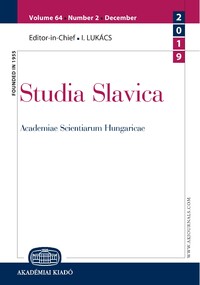
ВЛАДИМИРОВ АДИМИРОВ Г. Великата България на Волга през средните векове [The Great Bulgaria of the Volga during the Middle Ages]. София: Просвета, 2019. 160 с.
More...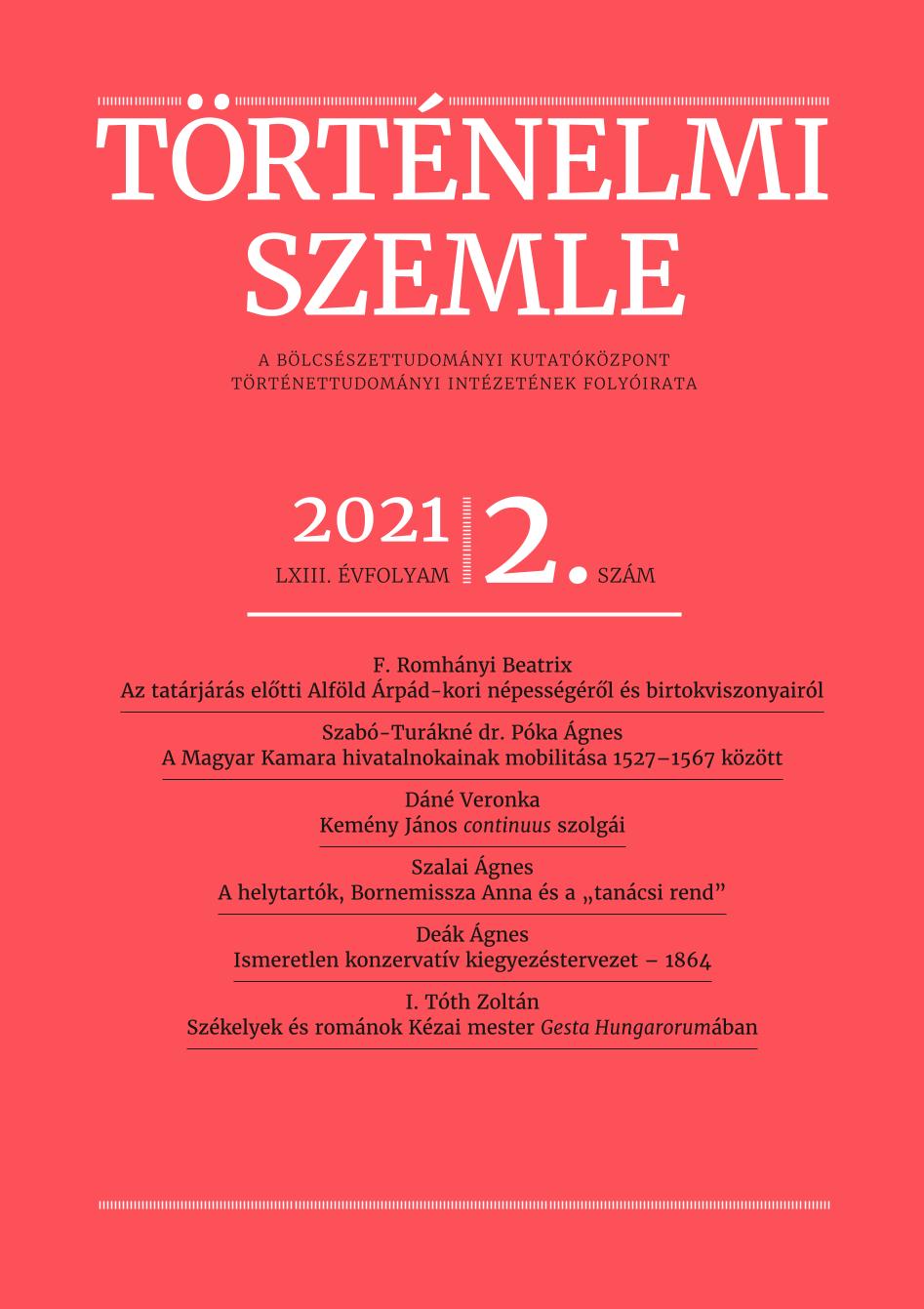
The review publishes a paper written in 1946. The author explores that part of the Gesta written by Simon of Kéza during the reign of Ladislaus IV, which deals with the Székelys and the Romanians.
More...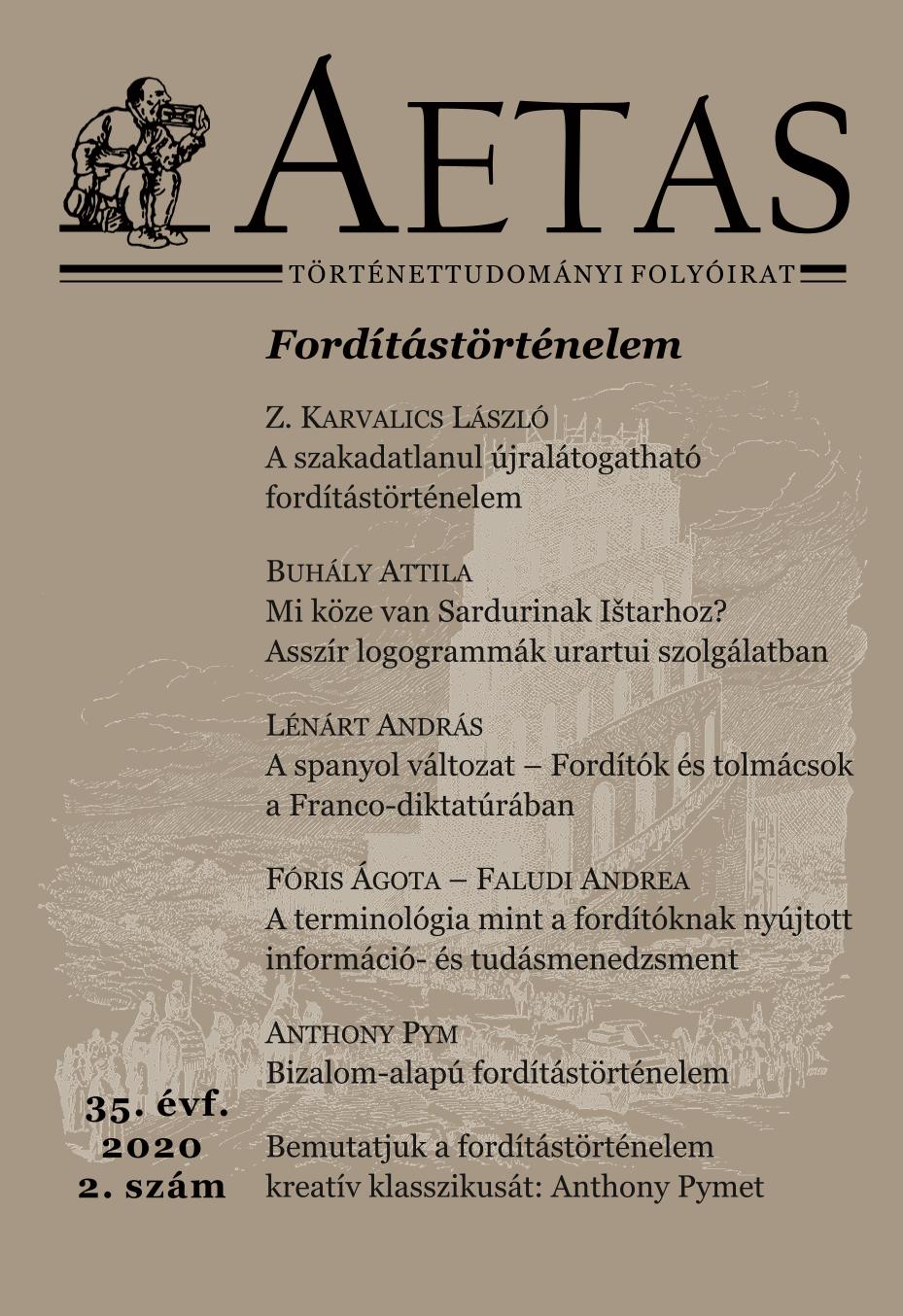
Stanisław A. Sroka: A középkori Bártfa és kapcsolatai Kis-Lengyelországgal. (Magyar történelmi emlékek. Értekezések.) MTA Bölcsészettudományi Kutatóközpont Történettudományi Intézet. Budapest, 2016. 317 oldal
More...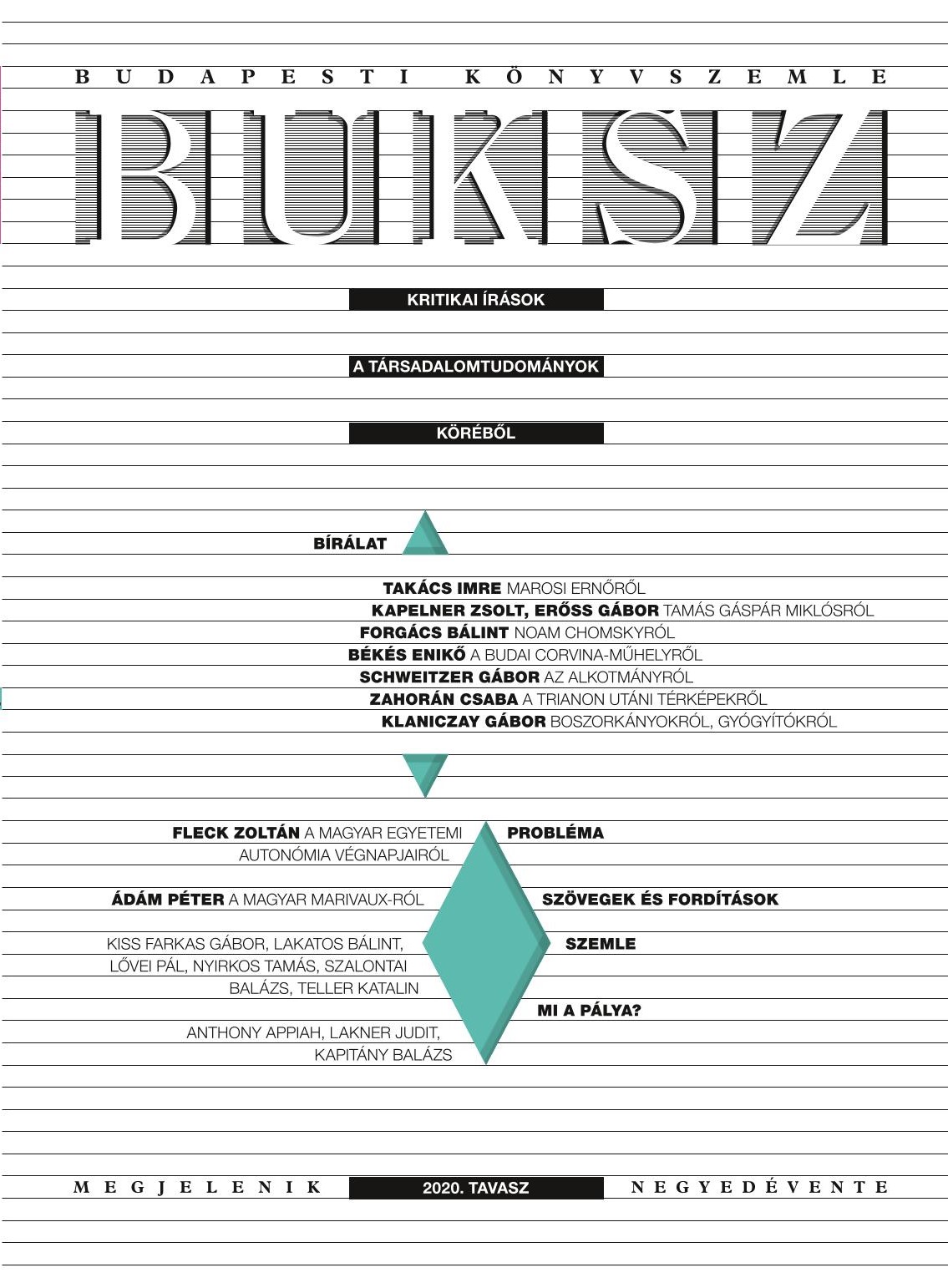
Szende, Katalin: Trust, Authority, and the Written Word in the Royal Towns of Medieval Hungary. Brephols, Turnhout, 2018. 416 old., € 100 (Utrecht Studies in Medieval Literacy 41)
More...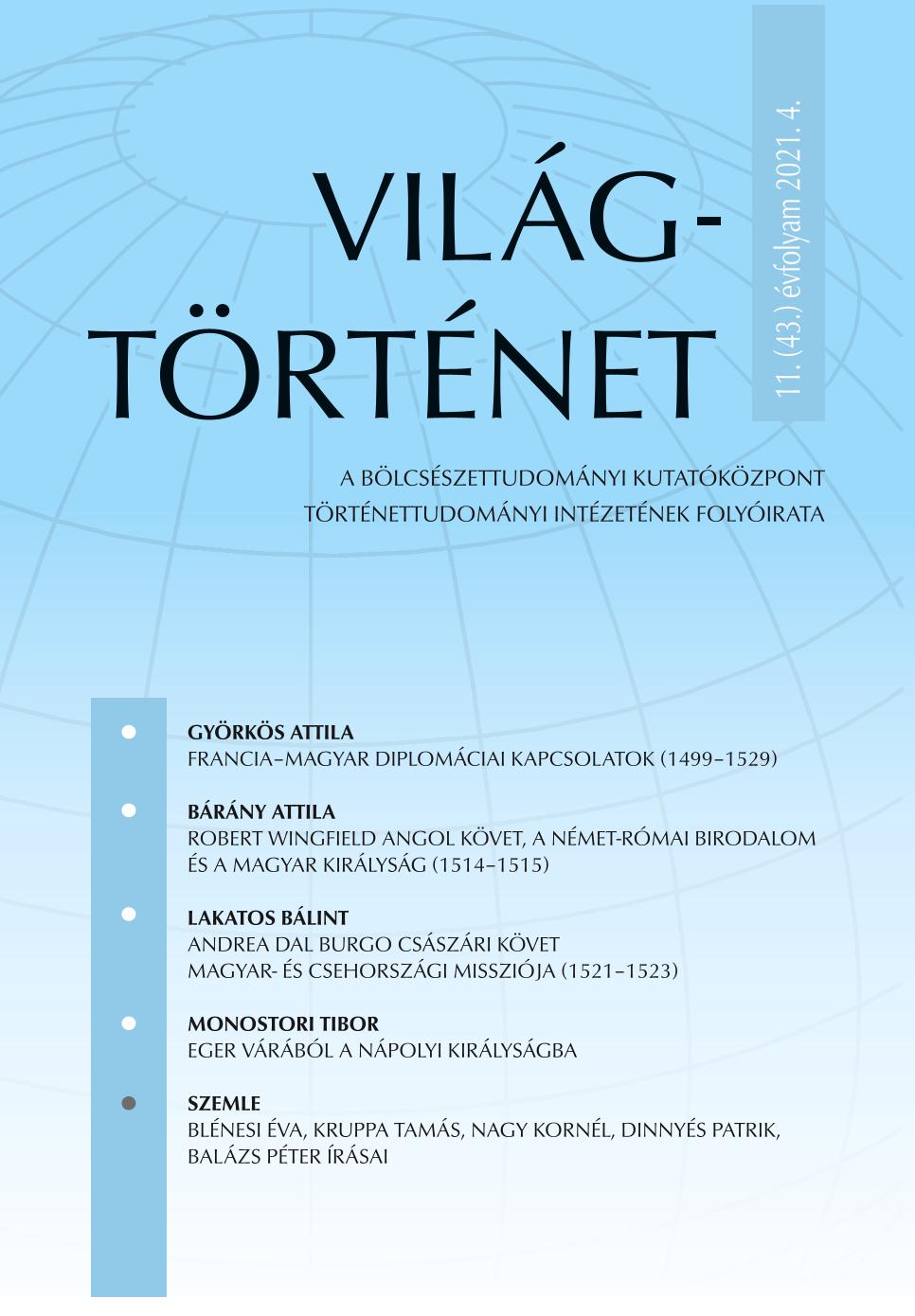
Stopka, Krzysztof: Armenia Christiana: Armenian Religious Identity and the Churches of Constantinople and Rome (4th−15th Century). Kraków, Jagiellonian University Press, 2017. 368 p. (Jagiellonian Studies in History, 8.)
More...
Makai János: Klió labirintusában. A történetírás a Kijevi és a Vlagyimir–szuzdali Ruszról. Eger, Líceum Kiadó, 2018. 255 p.
More...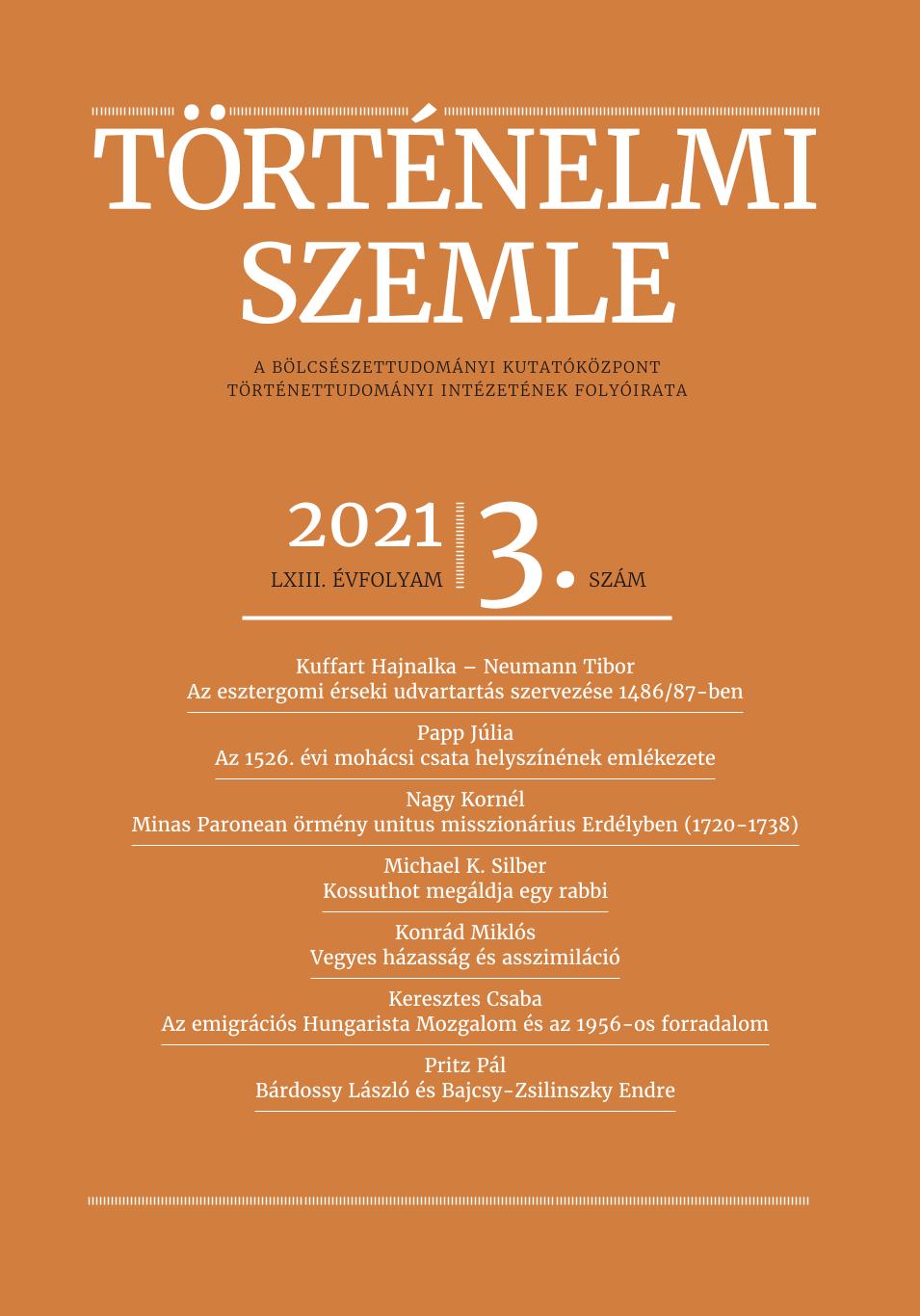
The review publishes a paper written in 1946. The author explores that part of the Gesta written by Simon of Kéza during the reign of Ladislaus IV, which deals with the Székelys and the Romanians.
More...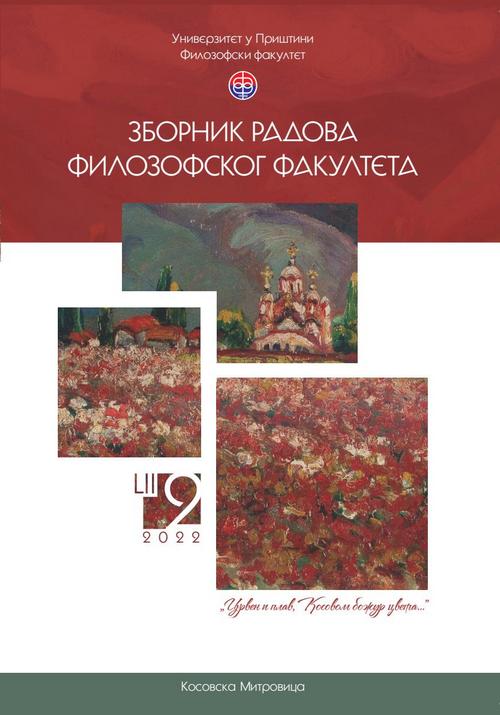
The centuries-old expansion of the Serbian state at the expense of Byzantium received its epilogue with the rule of Stefan Dušan. The Serbian king managed to use the opportunity provided by the Roman civil war of 1341–1347, manoeuvring between two warring houses, Kantakouzenos and Palaiologos. It was the weakening of both Byzantium and Bulgaria that gave him the opportunity to, by crowning himself emperor of the Serbs and Romans, plan a possible attack on Constantinople, which would absolutely justify the title he had held since 1345. Byzantine sources testify in their own way about Dušan’s negotiations with the Ottomans, Venice and others and the gathering of the coalition against the winner of the civil war—John Kantakouzenos, whose revitalization of Constantinople-controlled territory stood in the way of the Serbian-Roman ruler’s imperial ambitions. The testimonies of Nicephorus Gregoras, the emperor-writer himself, as well as the documentary material, led us to the conclusion that Stefan Dušan planned an extensive action directed towards the walls of Theodosius II. Taking into account the data on the order of Empress Anna of Savoy to renew the Thessaloniki fortification elements from 1355/56, it speaks of a possible general attack by the Serbian army. In addition to the above, the place of the emperor’s death, which can still be debated in science, leaves room for various premises since two Ragusian historians wrote that Dušan died in Thrace–in Byzantine territory.
More...